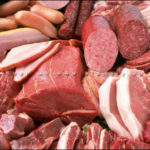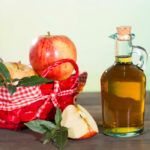1. Fish and seafood
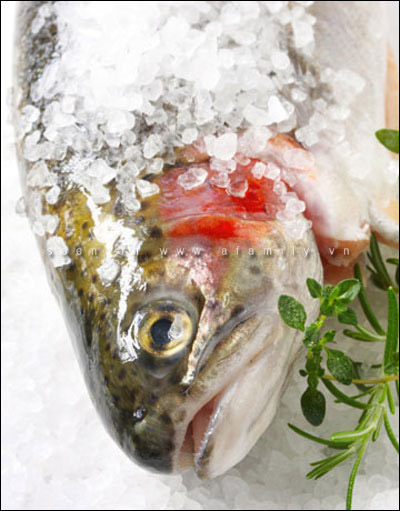
To keep fish and seafood fresh, dissolve a tablespoon of sea salt in 3 liters of cold water with some ice cubes. Soak the fish in this salted water solution for 15 minutes, then remove and dry before cooking.
Sprinkling salt on your hands while handling fish helps you hold it more firmly and prevent slipping.
2. Dairy products

Adding a pinch of salt to yogurt enhances its taste.
3. Fruits and vegetables

To blanch asparagus, add salt to the boiling water and cook for 5 minutes. Arrange the asparagus heads in the same direction to achieve a straight shape.
After cutting chili peppers, wash your hands with soap and water, then soak them in a diluted saltwater solution to prevent chili oil from getting into your eyes.
Salt can also be used to clean dirt from vegetables. Soak them in warm water with a tablespoon of salt, then wash and rinse with clean water.
4. Herb salt
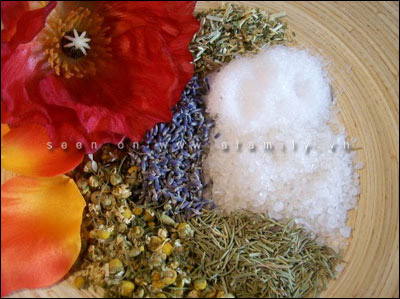
Herb salt is a versatile seasoning for soups, stews, vegetables, chicken, and fish. To make herb salt, finely chop fresh herbs and mix them with salt. Heat the mixture in a pan until crispy, then let it cool and store in an airtight jar.
5. Meat
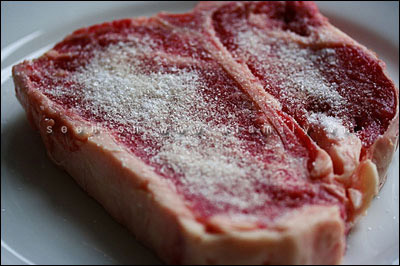
Salt helps prevent meat from losing color. It is best to salt the meat halfway through cooking or after it is fully cooked to avoid excessive saltiness.
6. Noodles
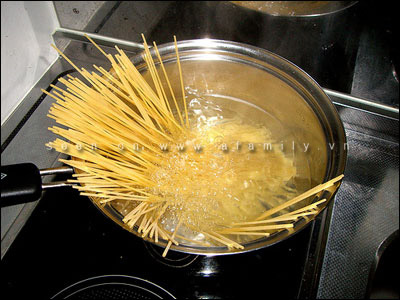
When cooking or blanching noodles, add salt to the boiling water to enhance the flavor. Wait until the water boils before adding salt.
7. Sauces
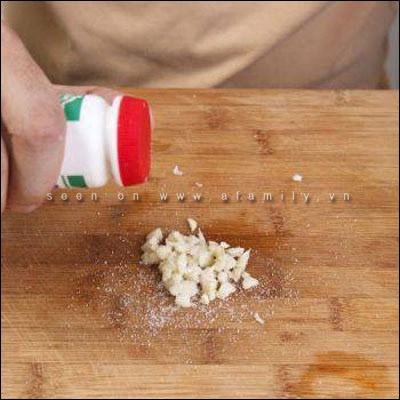
Identifying the Difference between Youthful Ribs and Mature Ribs
With their succulent texture and intense flavor, pork ribs are a delicious choice for any meal. But, did you know that there are actually two different types of ribs – young and old – which have distinct qualities to consider when cooking? In this article, we’ll help you learn how to distinguish between these two types of ribs and show you how best to use them.


























